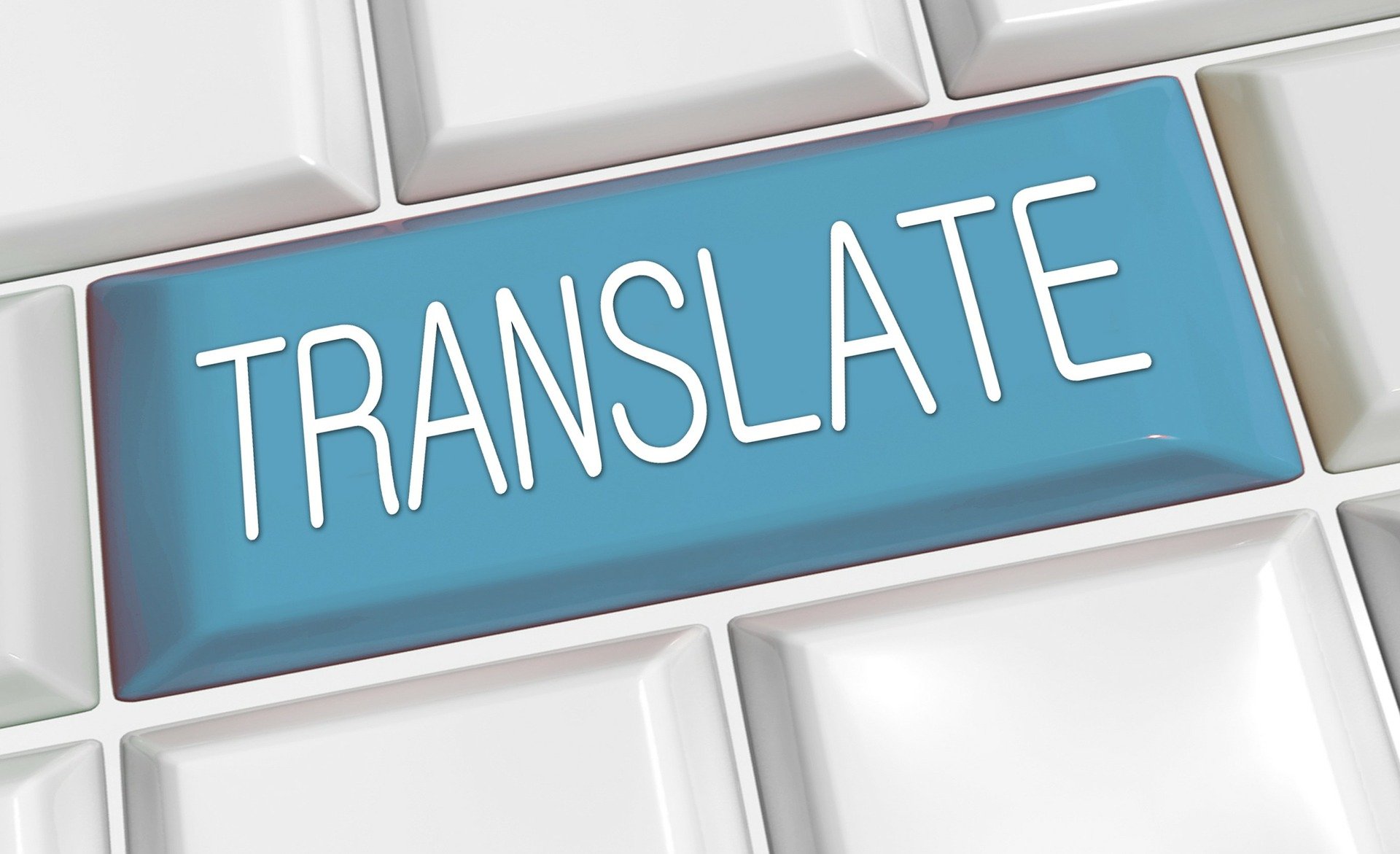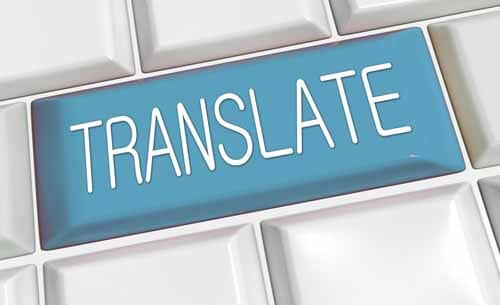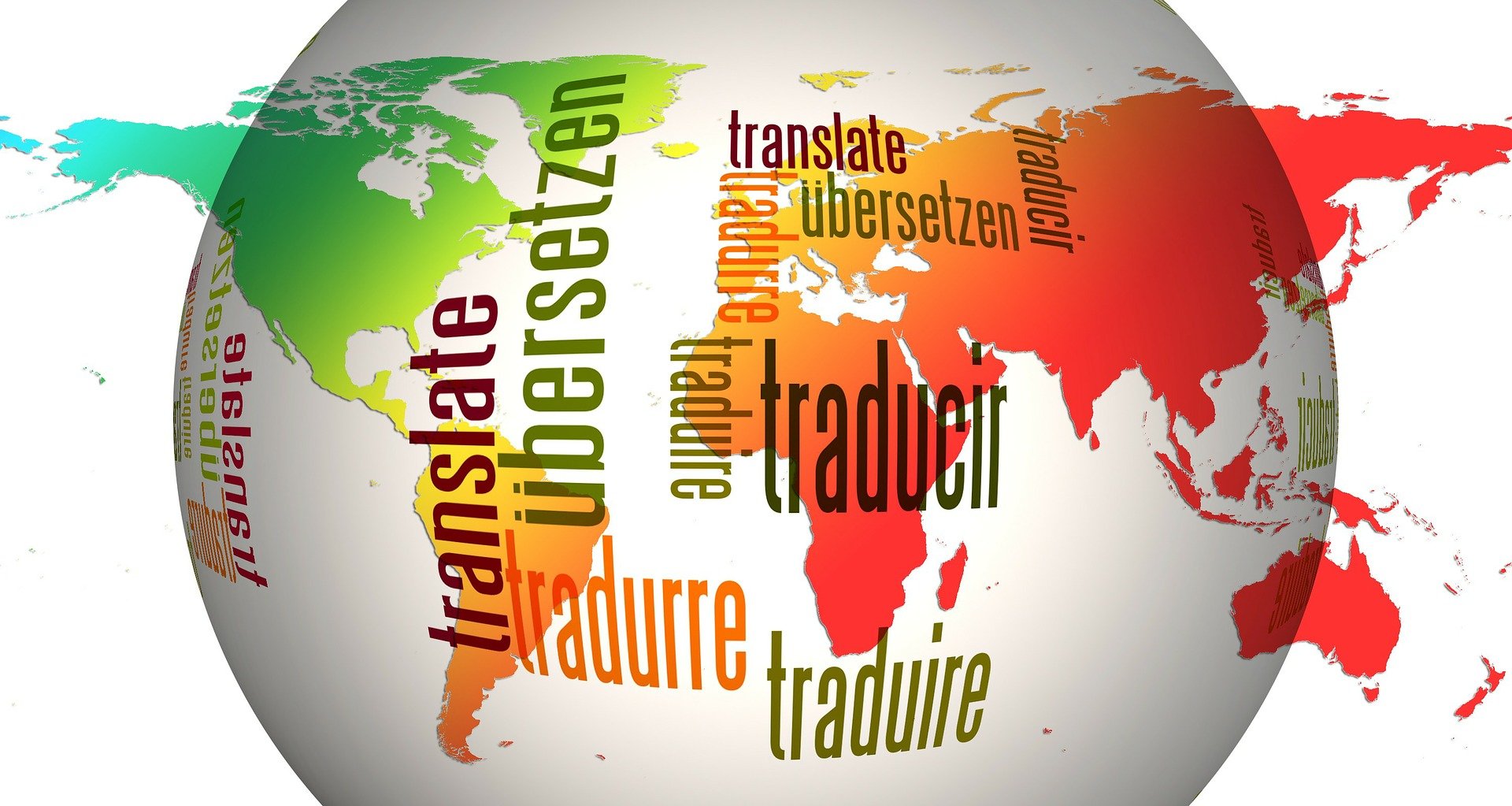Listen to Audio Version:
¿Hablas español? Spanish is one of the top 5 most spoken languages in the world. There are over 500 million Spanish speakers with the majority residing in the Americas. And the US has the second largest population of Spanish speakers, second only to Mexico!
If you’re thinking of taking your brand or services global, or if you want to build domestic sales by targeting a specific demographic, the Spanish market is a great place to start.
Here are some tips to help you reach Spanish-speaking prospects with English to Spanish translation.
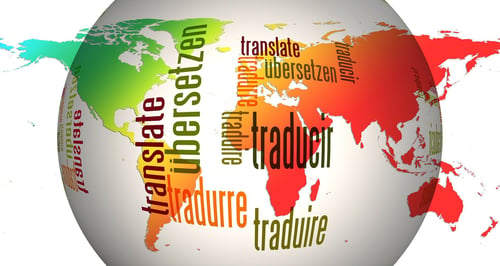 Have a Plan
Have a Plan
What are your company goals? What countries or populations are you targeting? Do you want to expand into Mexico or try to increase business in the US by appealing to the large Spanish-speaking population?
Align your marketing and corporate goals then develop strategies to appeal to your target audience. Studies show that Hispanic and Latino consumers prefer brands that provide information about the goods/services in Spanish and embrace culture and traditions in their advertisements.
For example, when Pepperidge Farms realized their cookies were not selling well to Hispanic consumers in the US, they wanted to know why. Through researching preferences of this target demographic, they discovered that Hispanics like the flavor strawberry. In response, Pepperidge Farms created a strawberry cookie and advertised them using Hispanic models and actors in situations that reflected the Hispanic culture in the US. Their strawberry cookie sales in the target demographic soared.
Once you decide on a market, develop a plan for translating your materials. For example:
- Do you have in-house translators or are you planning on outsourcing the project?
- Which products/services will you offer to the new market?
- Who will manage the translation process?
These are just a few of the questions you’ll need to answer before you begin the translation process. You can read more about planning on our blog Successful Translation Management Starts with a Plan.
Know Your Audience
Although people from Mexico, Puerto Rico, Peru, and Bolivia all speak Spanish, they have very different cultures. If you assume that all Spanish speakers have the same culture, you will make mistakes. Before translating your material, research the new market and understand the specific culture of your target audience. In the Pepperidge Farm example, we talk about the US Hispanic market, yet if your company focuses on Miami where there are more Cubanos and Puerto Ricans, your messaging will be different than if you are in Southern California where there are more Mexican-Americans. Know about lifestyles, education, styles, celebrations, foods, and heritage. This will help you choose a tone and references that will make your translated material engaging and relatable to your target audience.
Globalize or Localize
People frequently ask if they can use one Spanish translation for their global marketing. The answer is a clear “it depends”.
 If you have an industrial product or limited budget, then you can use one Spanish translation for multiple markets, or “globalize.” Globalized translations work for people who speak the same language across different regions and countries. In this case a globalized translation will be clear enough for your potential clients.
If you have an industrial product or limited budget, then you can use one Spanish translation for multiple markets, or “globalize.” Globalized translations work for people who speak the same language across different regions and countries. In this case a globalized translation will be clear enough for your potential clients.
If you are specifically targeting one location like Mexico or Puerto Rico, it’s best to “localize” and use a translator from that area who is familiar with the language and culture. Localization helps you connect with your buyers by using the right words and phrases for the specific country or region as well as the appropriate currency and images that reflect the location and culture. Individual consumers tend to be more fickle and want to really connect with the products they are buying.
Use Clear English Copy
Make sure that your copy is clear and easy to understand. If the translator can’t understand the meaning or intent of your materials, your message may be mistranslated. Don’t use double meanings, ambiguous wording, idioms, humor or slang as these are all difficult to translate or adapt across cultures.
We suggest using short sentences with simple grammar that are easy to understand. For more writing tips, read our blog Good Translation Starts with Good Writing – Global English.
Reuse the Translation
Once you have translated your material on one medium, you can use it on others. For example, you can use your translated website copy on brochures, emails, social posts and pamphlets. This will save you money on translation costs.
By reusing the copy, you’ll have a consistent message across different platforms which will make it memorable.
Submit the Final Copy
Once you have your materials ready, the next step is to submit the final copy to your translator. Go through the copy to make sure everything is set because making edits after the translation process has started can cause confusion with version control and management.
If you need to change anything after submission, let your translator know immediately.
Important Content Needs Higher-Quality Translations
When you want to translate content that can impact your bottom-line, for example marketing messages or legal agreements, you need high-quality translation. Mistranslating these materials could be costly and may affect your brand’s reputation.
We’ve all heard the internet story about Chevy trying to sell the Nova in Mexico only to fail because “no va” in Spanish means “don’t go”. Well, this is actually an urban legend but it’s a good reminder that brand and product names as well as advertising campaigns are not universal from one culture to another.
See another example below in the Make Your Content Culturally Appropriate section where we talk about the popular “got milk” campaign.
Professional translators have the training, experience and expertise to deal with situations that may come up, such as:
- words that don’t have an equivalent translation
- words or phrases that could have more than one meaning
- capturing the meaning and not just give word-for-word translations
- knowing when to seek clarification
- cultural considerations for the translation as well as the visuals
- industry specific terms and considerations
If you’re doing a translation for casual conversation or to get a general idea of the document, you can use Google Translate.
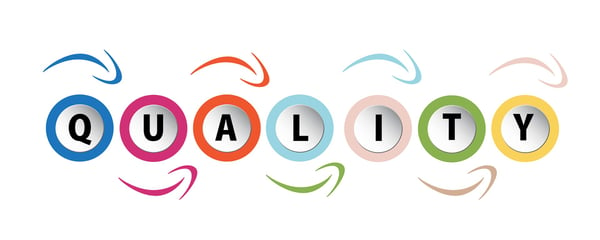 Allow Space for Expansion
Allow Space for Expansion
When you translate from one language to another you often use up more space to deliver the same message. Some words won’t have a direct translation and will take more space to explain, and others will have more letters and need more room. Take the word “please” for example. In English it is 1 word using a total of 6 letters/spaces, yet in Spanish, the translation is “por favor” which is 2 words and 9 letters/spaces.
The general rule of thumb is to expect about a 20% expansion for the translated document/materials so, consider that when creating the material and make sure you have enough white space to fit the expansion.
Also consider using a professional foreign language desktop publisher to complete your layout. They know the language and will make sure the translation fits and that page and sentence breaks make sense and are correct. Read more in our blog Foreign Language Desktop Publishing Explained.
Make Your Content Culturally Appropriate
The last thing to consider is if your translated material is culturally appropriate. You don’t want to alienate or offend people in the new market as this will give your brand a bad reputation.
Here’s an example of knowing the culture to ensure success. When the California Milk Processor Board hit it big with the popular marketing sloganGot Milk” they wanted to expand the campaign to Spanish consumers. The translation “Hey Leche” does translate as “got milk” but in the Spanish culture this question actually means “are you lactating.” Because the slogan wouldn’t work the same for Spanish audiences, the Milk Board changed course and customized an advertising campaign specifically for Spanish-speaking consumers. The new campaign focused on family with the slogan "Familia, Amor y Leche" ("Family, Love and Milk").
This is a good example of why you should research and double-check your campaigns, slogans, copy and graphics to make sure that your material is aligned with your audience’s culture and values. Read about some bad translation and adaptation mistakes in Translations Gone Bad - Research Before Exporting.
Investing in high-quality translation is invaluable. Professional and experienced translators will make sure your end product is correct, appropriate, and that your message stays the same.
Rapport International specializes in multilingual communications, providing language translation and interpretation services that are accurate and culturally appropriate. We use the right voice, correct terminology to avoid liability, customize services to your needs, and deliver on time and within your budget. And with our 100% satisfaction guarantee, you can trust that it’s done right. Contact us today if you would like more information or to get a free quote.
Rapport International specializes in multilingual communications, providing language translation and interpretation services that are accurate and culturally appropriate. We use the right voice and the correct terminology to avoid liability, customize services to your needs, and deliver on time and within your budget. With our 100% satisfaction guarantee, you can trust that it’s done right. Contact us today if you would like more information or to get a free quote.
Popular Posts
Popular industry news, interviews, technologies, and resources.







